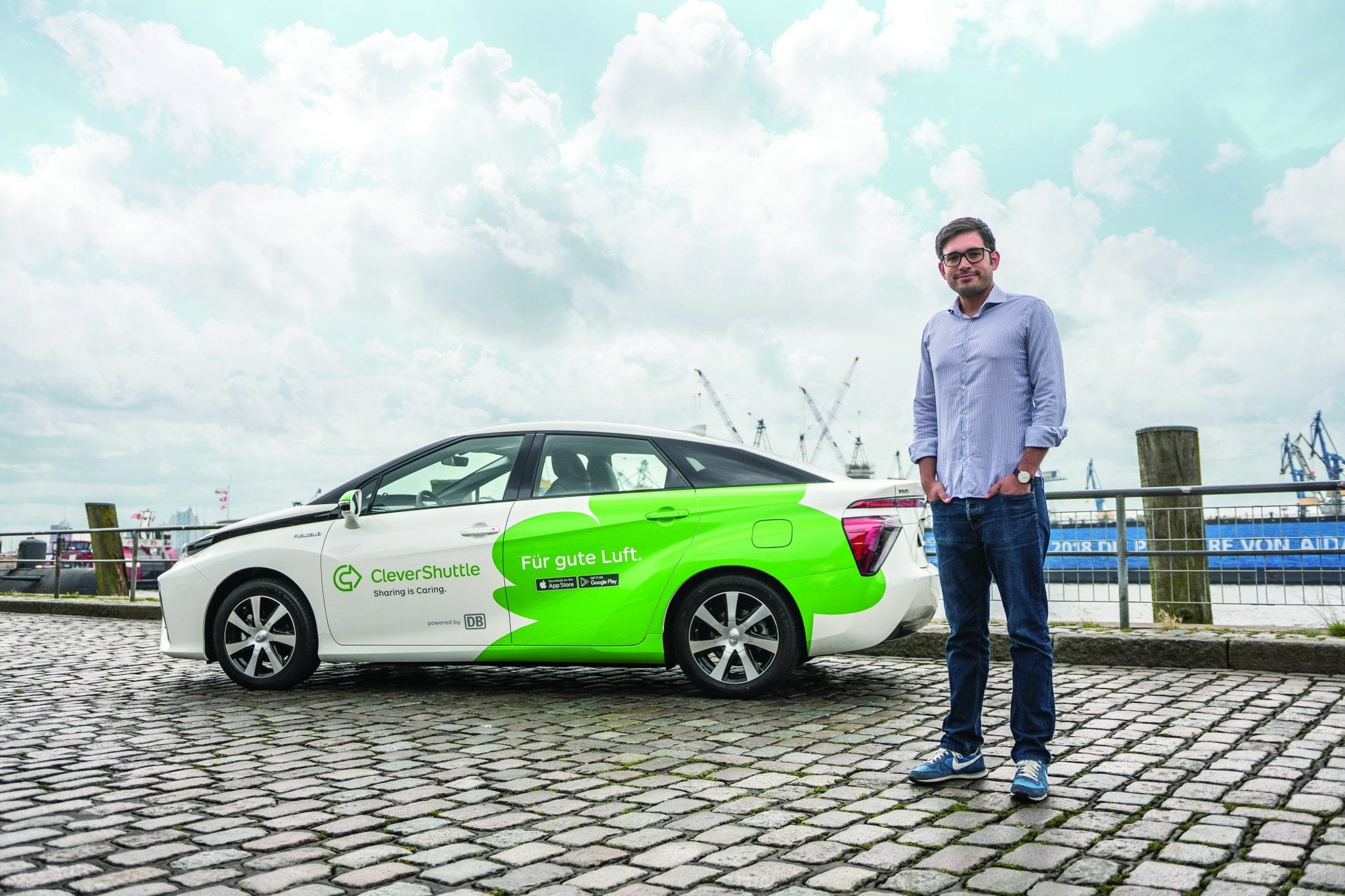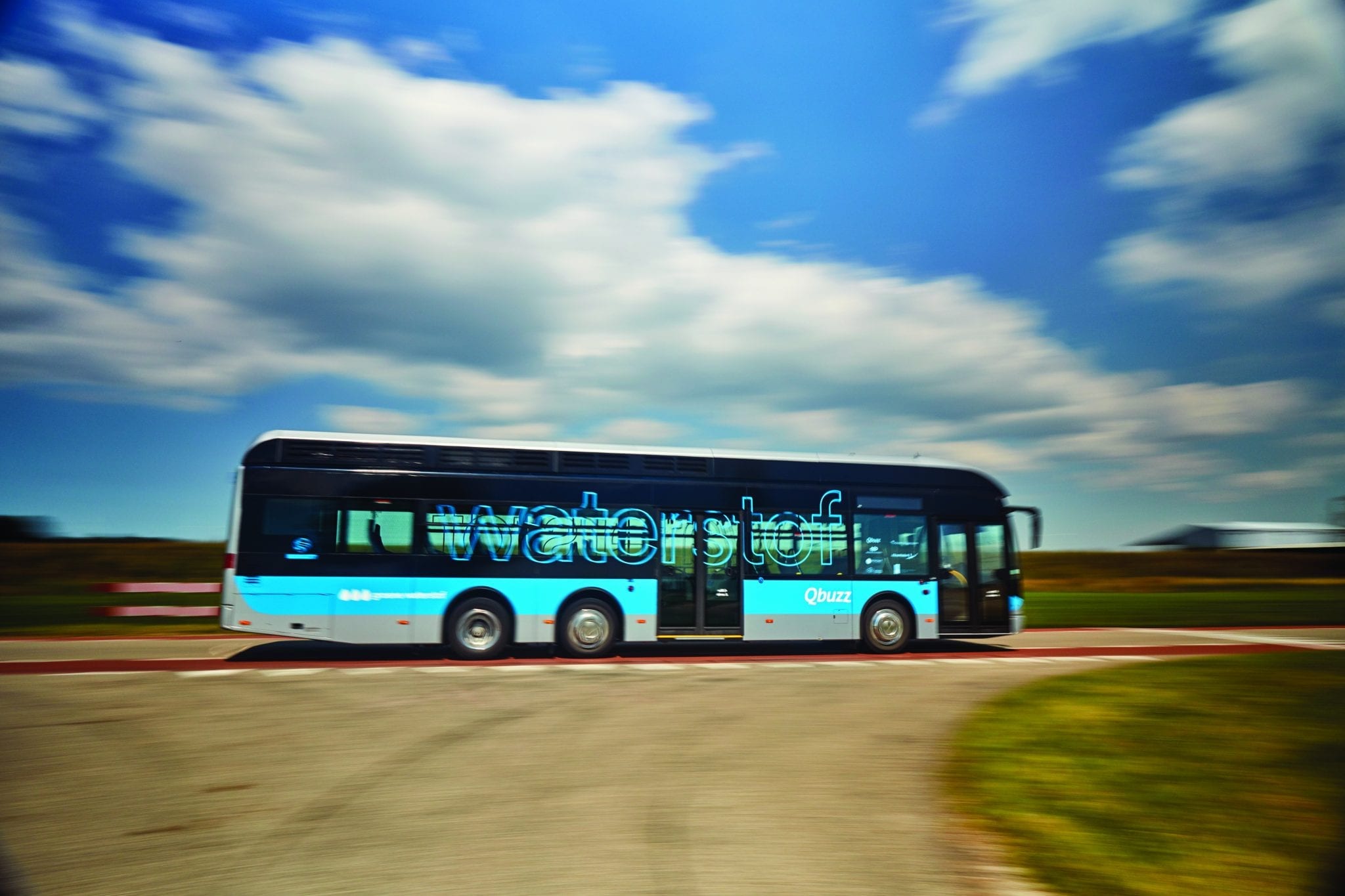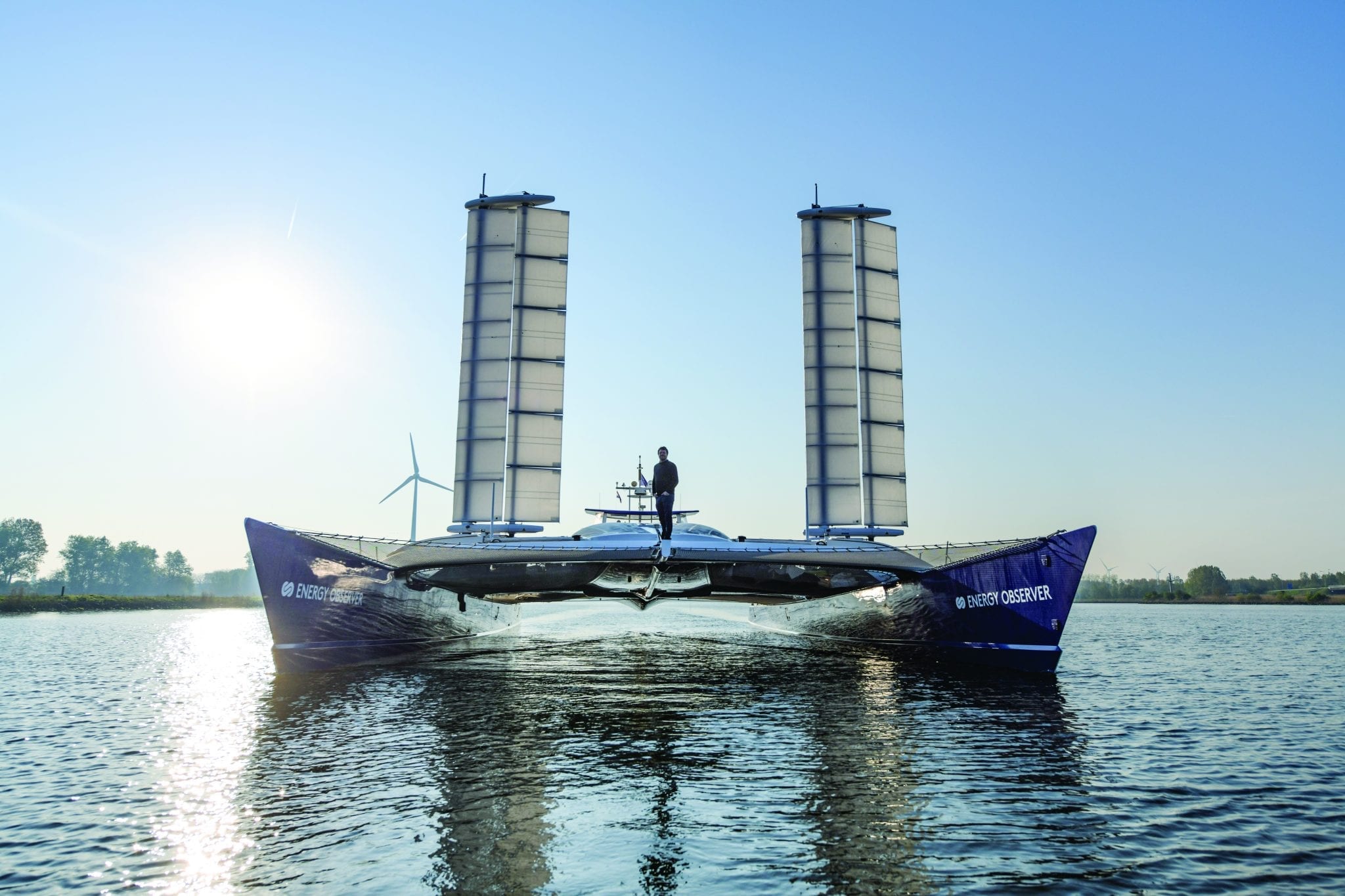Gaining Global Momentum
All over the globe, leaders are looking at strongly addressing climate change. In December 2018 in Katowice, Poland, COP24 advanced a “rulebook” to bring the 2015 Paris Agreement to life which aims at keeping global warming well below 2°C compared to pre-industrial levels. Hydrogen is here to make that happen.
Europe should be at the forefront of the fight to decarbonize the energy system and, in this context, hydrogen has a key role to play. Hydrogen is multi-talented: it’s an energy carrier, a fuel, and a raw material. If produced adequately, hydrogen can reduce greenhouse gas emissions, strengthen energy independence and mitigate the challenges posed by variability and intermittency of renewable energy systems. Hydrogen offers a clean, sustainable, and flexible option to convert renewable electricity into a chemical energy carrier for use in mobility, heat and industrial applications. As the “gaseous form of electricity”, it is an enabler for sectoral integration. Hydrogen is indeed a key component of the future energy systems that will accelerate the transition to deeply decarbonized energy and mobility sectors, also presenting opportunities in terms of job creation, technological leadership, and environmental protection for Europe.
The ability of hydrogen to access and integrate each sector of the energy system opens opportunities for deploying and relying on renewables to a much greater extent. Hydrogen technologies in a power system that integrate Renewable Energy Sources (RES) can operate throughout long periods of non-consumption-oriented production of renewable energy by feeding hydrogen into one or more energy sinks (for example the gas grid, the storage tanks of hydrogen refuelling stations, and salt caverns). Stored hydrogen can be used on various timescales for meeting demand for heat, transport and power. Whereas electricity derived from renewables provides the power sector with a profound decarbonization pathway, the heat and mobility sectors
Today, some 200 hydrogen refuelling stations are operational across Europe, while new stations continue to open almost every month.
The largest share of CO2 emissions (27
It is urgent to act now. Fuel cell electric vehicles (FCEV) provide a solution to tackle the big challenges Europe is facing in the transport sector: decarbonization and air pollution. FCEVs offer zero tailpipe emission and allow for a driving experience very similar to conventional engines, with large distance range and quick refuelling time (less than five minutes), thus no need to change drivers’ habits. How does this work? Simple: a fuel cell is used to convert hydrogen in electricity to power the electric engine.
Several examples are already present in the transport sector throughout Europe showcasing the maturity of this technology.

Concerning cars, given the remaining high upfront cost of the infrastructure and of the vehicles, we see first fuel cell electric cars in captive fleetssuch as taxis. An example is the taxi scheme in Paris: over 100 taxis drive long hours without refuelling needs, no loss in productivity and the hydrogen refuelling station, located at the Paris Orly airport, is used optimally at full capacity creating a business case for the infrastructure. The vehicles are also an excellent answer to growing new mobility types, such as private hire or car-pooling (for example CleverShuttle), thus contributing to
Hydrogen offers an attractive rail passenger service solution like the Alstom Coralia iLint hydrogen trains that are today in commercial service in Lower Saxony, Germany. Hydrogen-powered trains are a clean alternative to the costly electrification of lines. This is particularly appealing in European countries with a low electrification rate. France, the United Kingdom, other German regions to name a few,

Buses, coaches and trucks, represent
Hydrogen is the most promising
And it is not only road and rail transport that can be decarbonized with zero emission fuel cell vehicles. Considering that maritime transport accounts today for 2.5% of global CO2 emissions and that these emissions are predicted to

All of this cannot happen without the appropriate infrastructure. Today, some 200 hydrogen refuelling stations are operational across Europe, while new stations continue to open almost every month. The support from the Fuel Cell and Hydrogen Joint Undertaking and the Connecting Europe Facility (CEF) has proved to be essential, while some stations are becoming commercially viable with a growing utilization rate. This shows that the European Union is committed to
1-2. Source: National Emissions reported to the UNFCCC and to the EU Greenhouse Gas Monitoring Mechanism provided by the European Environmental agency
3. More on www.fuelcellbuses.eu
4. See for example the “IRU vision for decarbonising commercial road transport leading up to 2050” published by the International Road Transport Union in November 2018.11. See for example the “IRU vision for decarbonising commercial road transport leading up to 2050” published by the International Road Transport Union in November 2018.
5. The Future of Hydrogen Seizing today’s opportunities, IEA, June 2019